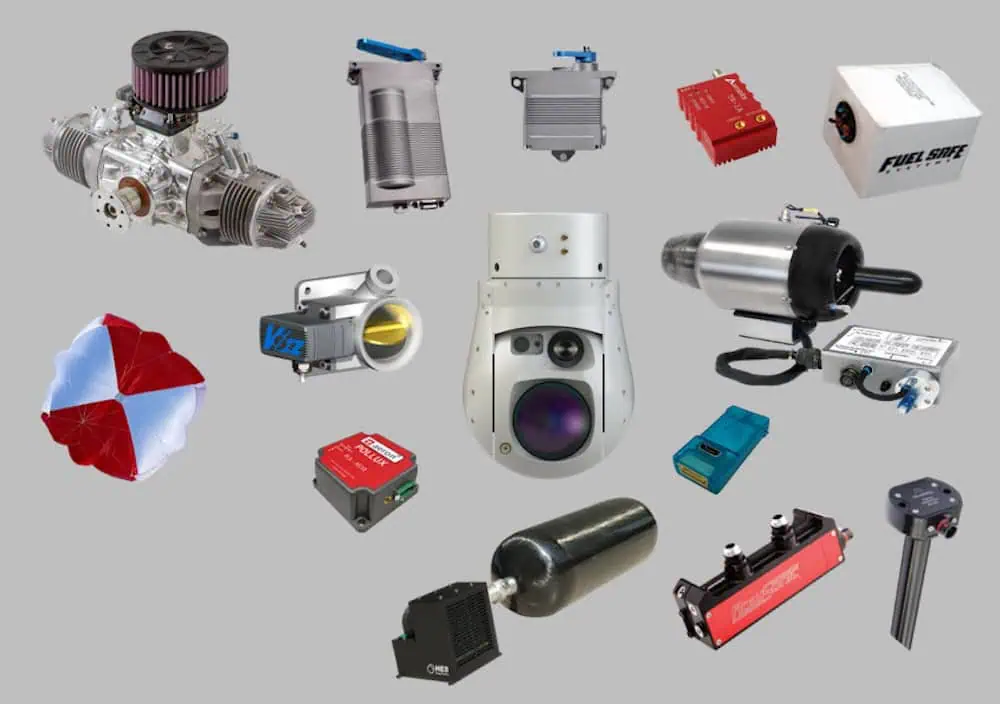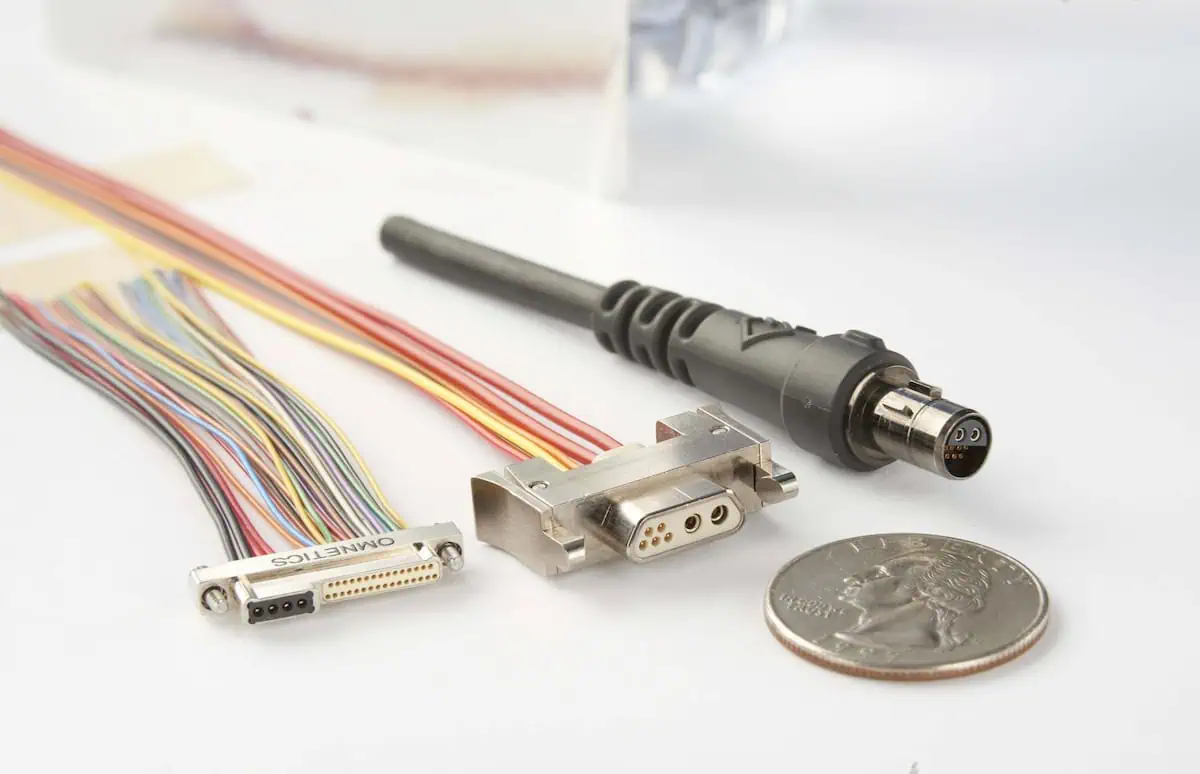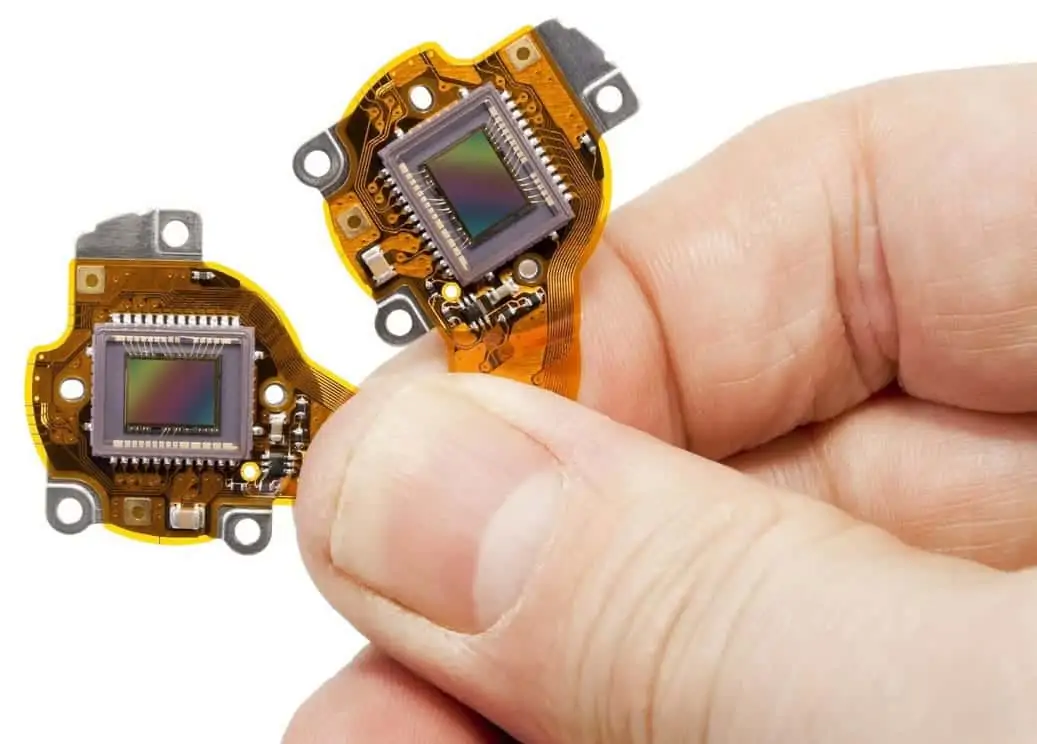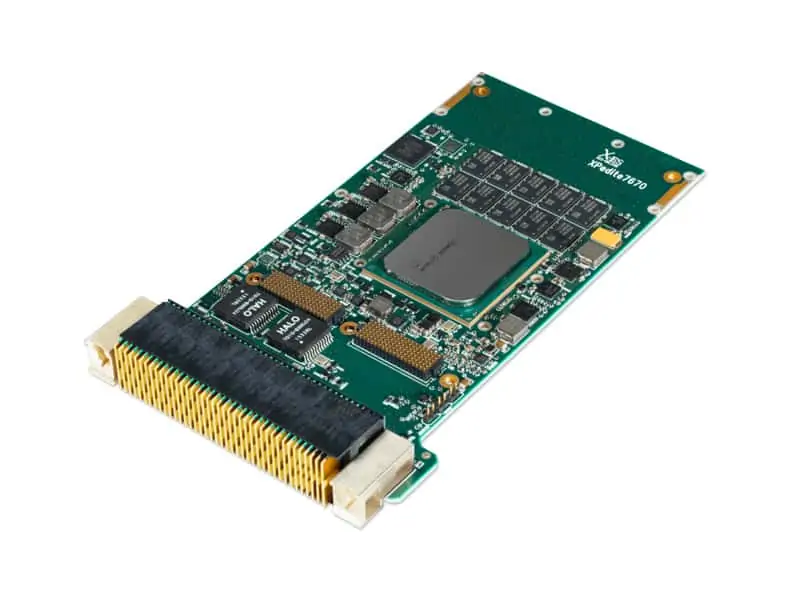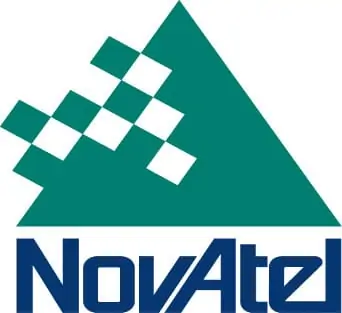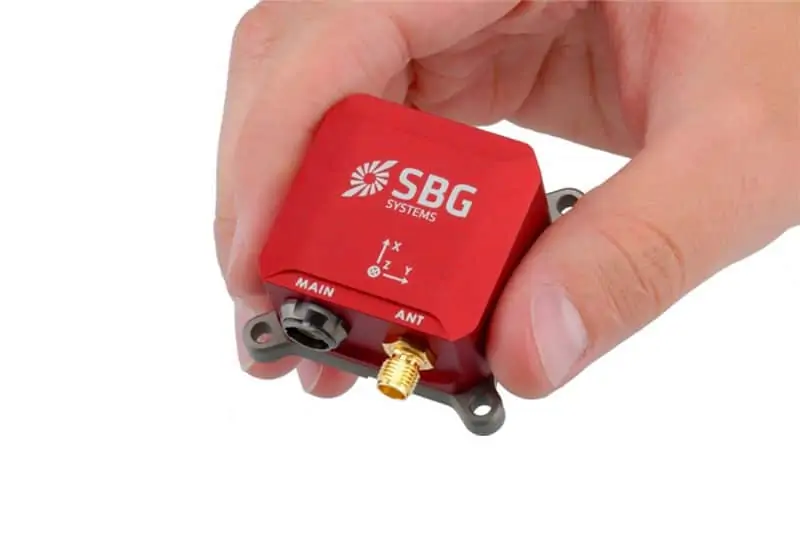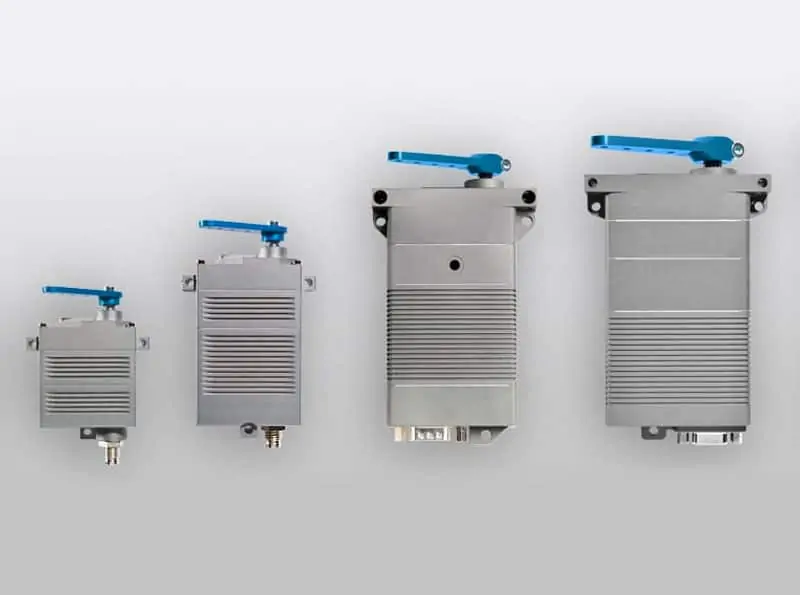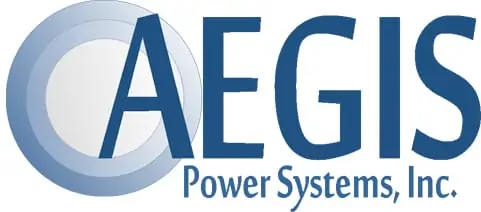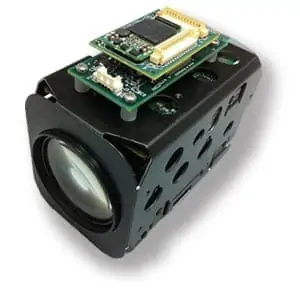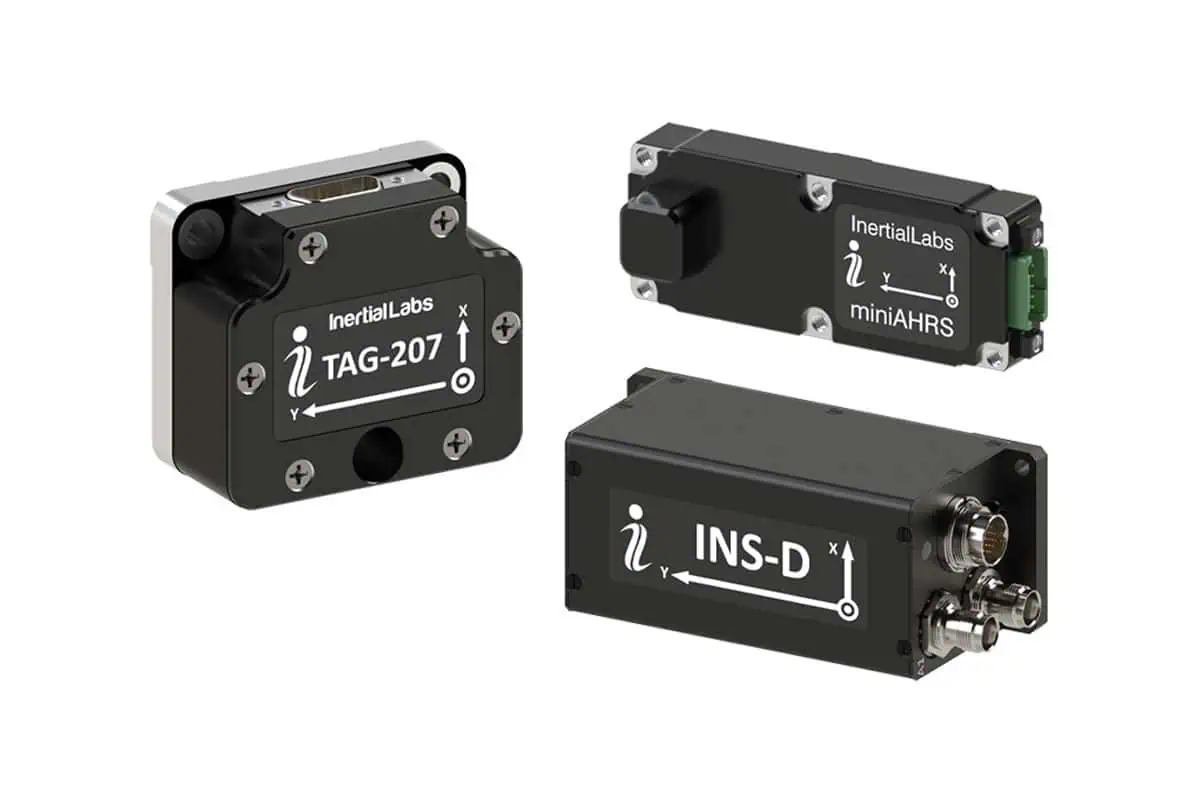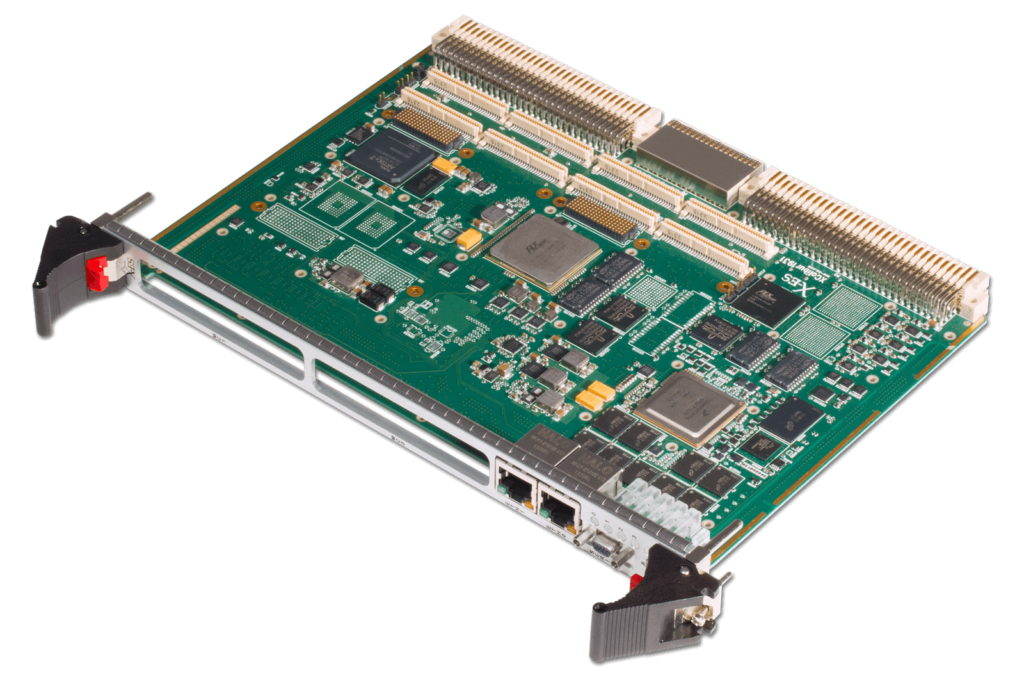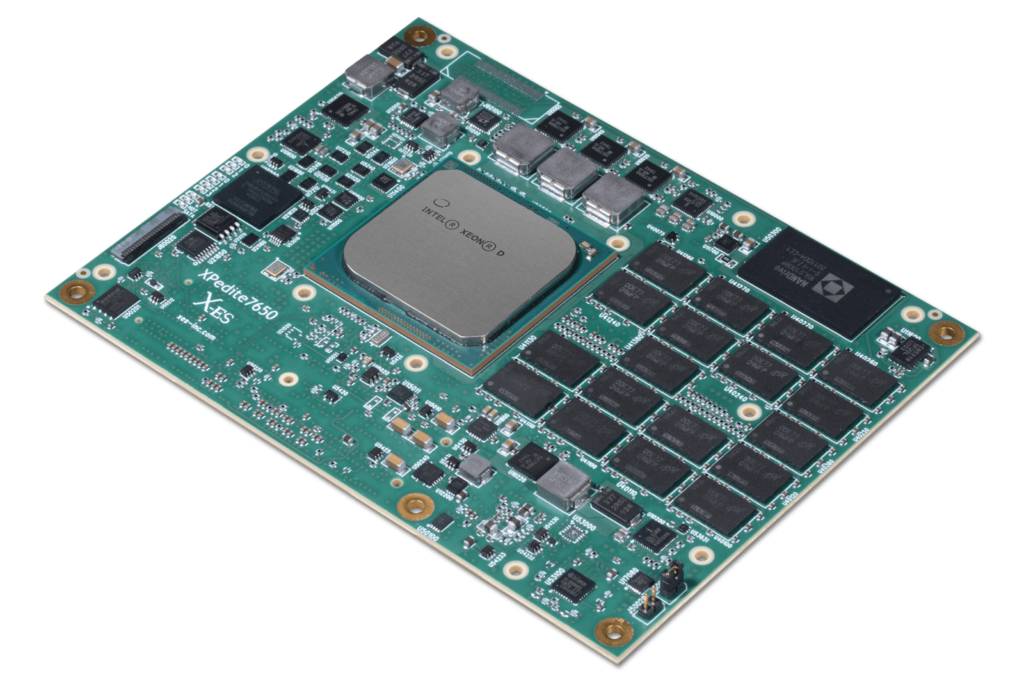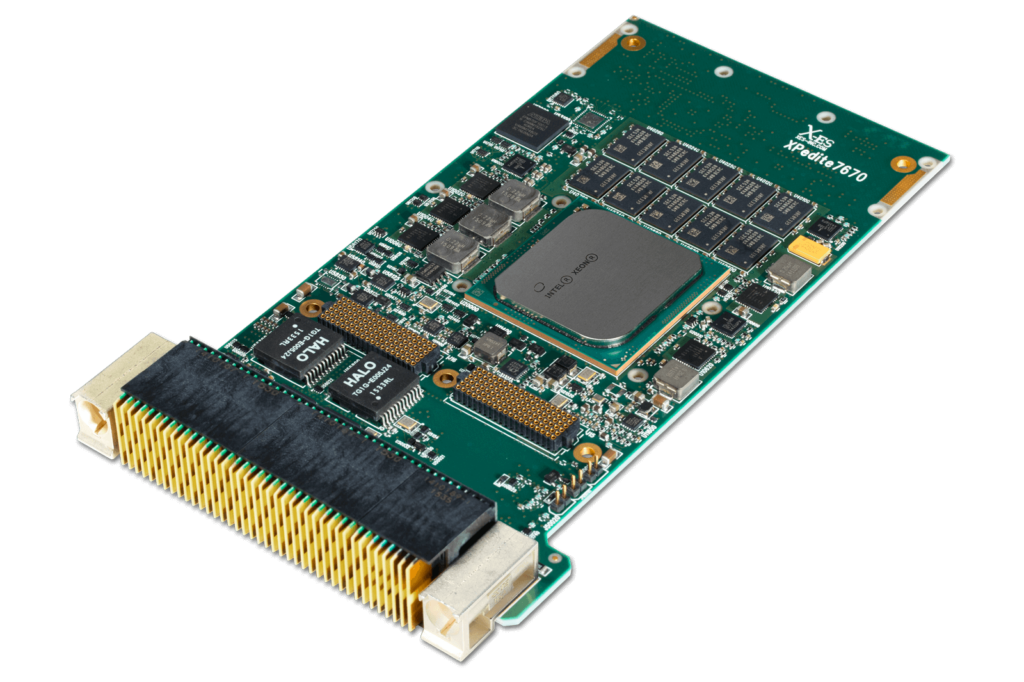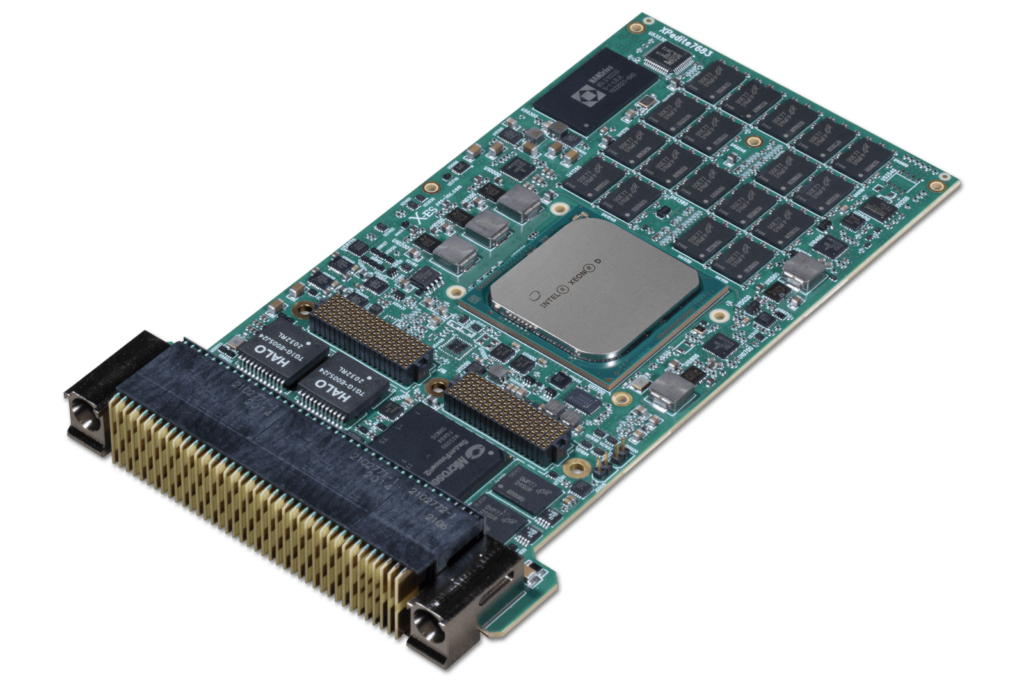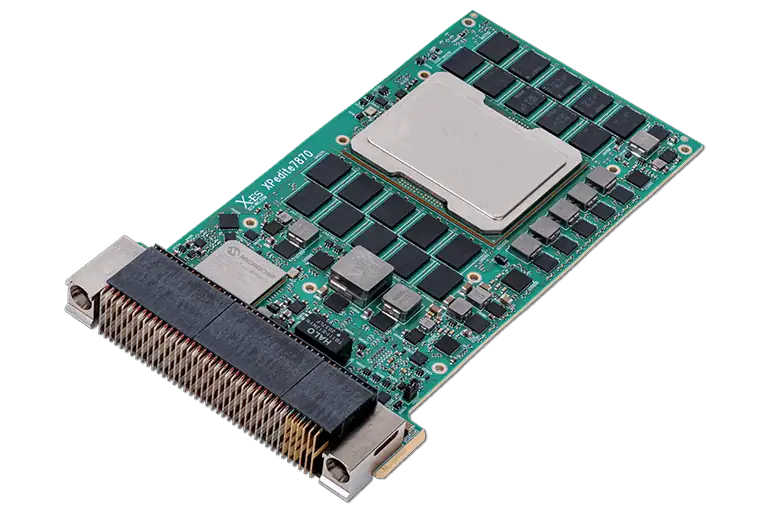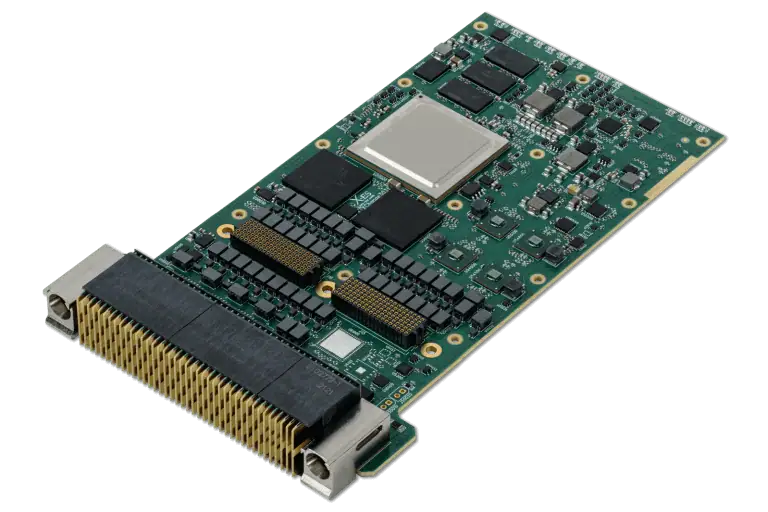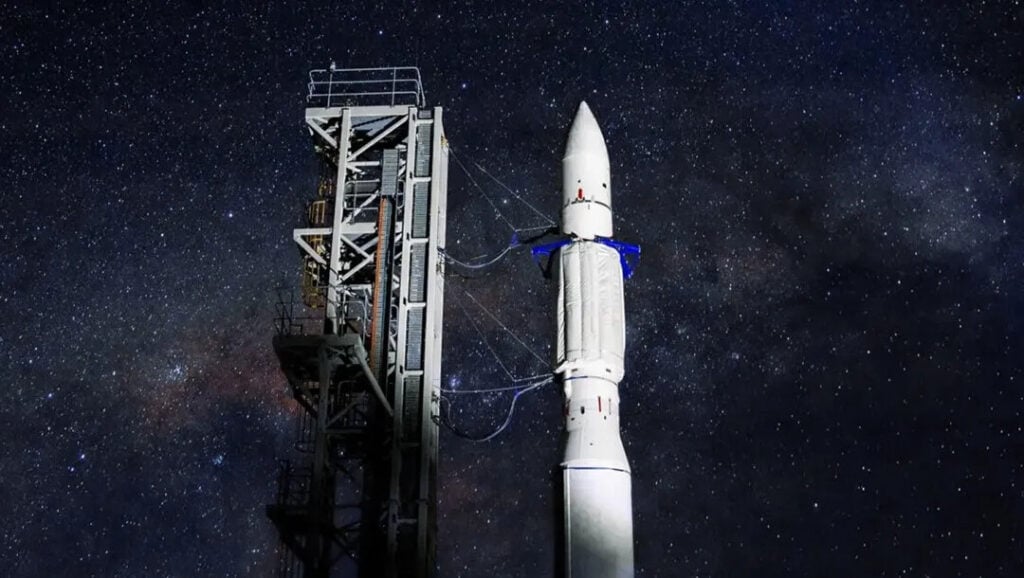
Advanced Navigation, a leader in navigation and autonomous systems, has secured grant funding from the Australian Government through the Australian Space Agency’s Moon to Mars Initiative: Supply Chain Capability Improvement Grant.
This funding will accelerate the development of a space-grade high-shock Inertial Navigation System (INS), designed to withstand the extreme forces of rocket launches.
The high-shock INS will support Gilmour Space Technologies, an Australian launch services provider, in the development and launch of Eris Rockets and Elara Satellite platforms into Low Earth Orbit (LEO).
Engineering a Navigation System for Extreme Conditions
Rocket launches expose onboard systems to intense shock, vibration, gravitational shifts, and temperature fluctuations. The INS must deliver accurate navigation while enduring these extreme conditions.
The system will feature:
- High-end accelerometers and gyroscopes to detect minuscule motion changes
- A high-shock enclosure to absorb and redistribute intense g-forces
- Robust shielding to protect delicate sensors from vibration and thermal stress
“In the vast emptiness of space, without external guides, rockets rely on a sophisticated suite of navigation, guidance, and control (GNC) systems. The onboard navigation system must withstand dynamic conditions, gravitational forces, and the intricate physics of orbital mechanics, while providing a reliable flight path. Put simply, the system must be indestructible.” shared Advanced Navigation CEO Chris Shaw.
“Our engineers are excited to continue their innovations in developing sensors for high-stakes environments. We look forward to supporting Gilmour Space in advancing Australian-made launch vehicles to help lower the cost of accessing space.”
Surviving the Extreme Environments of a Rocket Launch
From lift-off to payload deployment, each stage of the rocket’s journey demands precision engineering and coordination. All electronic and fibre-optic hardware must be able to withstand massive shock, vibration, shifting gravity, payload impact and extreme temperature change.
They must be flawlessly integrated into the entire system, as a slight misalignment or miscommunication at any stage could be hazardous and result in a mission failure.
The onboard INS consists of a plethora of high-end sensors, including accelerometers and gyroscopes, sensitive enough to detect the smallest change in noise and vibration. To ensure accurate and reliable performance, these delicate components must be shielded from the extreme forces experienced during launch.
One innovative solution is the integration of a high-shock enclosure—a protective barrier encircling the INS housing. This enclosure acts as a cushion between the system and the surrounding structure, absorbing and redistributing intense g-forces from engine ignitions and launch vibrations. By dampening these shocks, the enclosure prevents disruptive forces from reaching the sensors, preserving their precision in the harshest conditions.
“This partnership brings together two companies committed to growing Australia’s sovereign aerospace capabilities. We look forward to working with Advanced Navigation on future missions to enhance our launch and satellite systems for our global customers.” commented Gilmour Space Deputy Chief Engineer, Kody Cook.
Smash. Shake. Bake. Crush Repeat
Development is one stage, testing is another. Qualification of the INS will be aligned with the requirements of Gilmour Space’s Eris orbital vehicle.
Simulating a rocket launch, the navigation system will run through a series of stringent tests to gauge its failure point, this includes:
- Shock: Sudden high-impact forces to simulate stage separations and engine ignitions
- Vibration: Continuous high-frequency vibrations to replicate the conditions during lift-off and ascent
- Temperature: Extreme heat and cold cycles to ensure functionality across the rocket’s operating range
- Pressure and Vacuum: Rapid pressure changes and vacuum environments to simulate ascent through the atmosphere and operation in space
The simulations create the perfect storm for system failure, in which the INS must survive being repeatedly shaken, frozen, heated, smashed, crushed and pulled—a series of critical milestones to overcome before it is truly ready for blast-off.
“Projects like this one demonstrate the ingenuity that Australia has to offer our international partners in space.” said Head of Australian Space Agency, Enrico Palermo. “Through this investment we are helping Australian companies gain crucial space heritage and grow strong customer bases – which will generate more opportunities for Australia to collaborate on the global stage.”
Advanced Navigation was previously awarded the Moon to Mars Initiative: Demonstrator Mission Grant, further reinforcing its role in Australia’s growing space sector.

